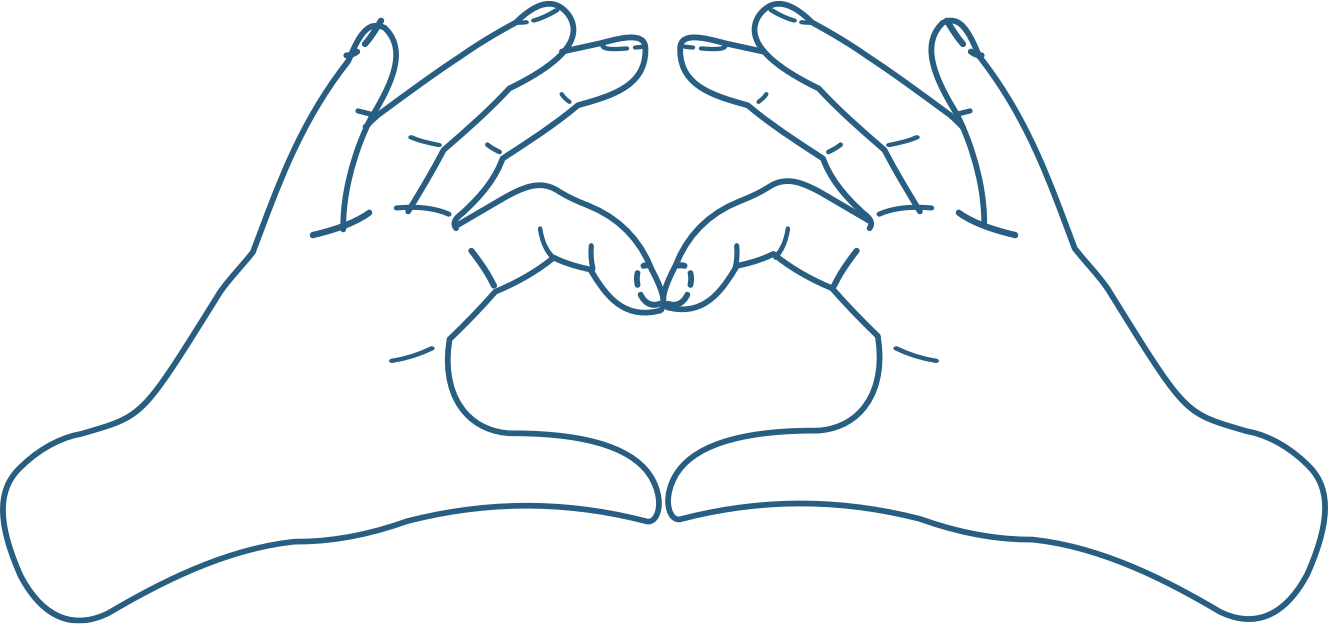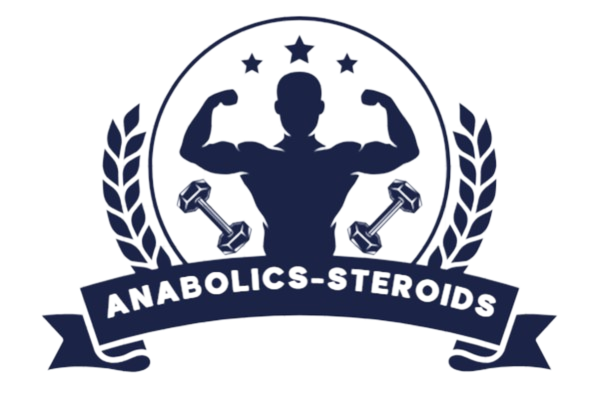Pick up just about any fitness magazine and you’ll find workouts for flattening the stomach, slimming the thighs, shrinking the muffin top, and the like. I wish it were that simple.
While research has shown that training a muscle results in increased levels of blood flow and lipolysis (the breakdown of fat cells into usable energy) in the area, the changes are too small to matter.
Training muscles burns calories and can result in growth, both of which can aid fat loss, but it doesn’t directly burn the fat on and around the muscles to any significant degree.
This is why no amount of crunches can give you abs—for that, you merely need to reduce your body fat percentage to 10-to-15 percent if you’re a man or 20-to-25 percent if you’re a woman.
Which brings me to my next point: Fat loss occurs in a whole-body fashion. When you maintain a calorie deficit, your body reduces fat stores all over, with certain areas shrinking faster than others.
Most women notice that their arms, shoulders, and back are the first to get noticeably leaner when they diet, not their hips or thighs. And most men also find their arms, shoulders, and back responding quickly to a cutting phase but not their stomach.
This is partly a function of the amount of fat in these different regions—most people don’t store much fat around their shoulders, arms, and back, so it doesn’t take much fat loss to produce visible changes—but there’s another factor in play as well.
To lose fat, two things must happen:
- Fat cells must release their fatty acids.
- Those fatty acids must be burned (by other cells) for energy.
The first step is accomplished by chemicals called catecholamines that travel through your blood and attach to receptors on fat cells, triggering the release of fatty acids; and the degree to which the second step occurs depends on moment-to-moment energy demands.
However, owing to a physiological difference in catecholamine receptors, some fat cells are more resistant to mobilization (step one) than others. Hence the “stubborn fat” phenomenon—the areas of your body that take much longer to lean out than others. In women, it’s usually the hips, thighs, and butt, and in men, it’s usually the stomach and lower back.
But the fat in such regions is merely stubborn, not immovable, and doesn’t require any special interventions. It all eventually yields to a calorie deficit like its more malleable brethren. So just keep going.
You May Also Like
You don’t need supplements to build muscle, lose fat, and get healthy. But the right ones can help.
Take our 60-second quiz now to learn which supplements can help you achieve your fitness goals faster.
Sending…
Your free stuff is on the way!
Follow the Diet Plan that Helped Nikita Lose 15 Pounds in 3 Months
“I never thought getting in shape would be this simple! Everything just WORKS when you follow this plan.” And if he can do it, why not you?


Wait!
Want a Free Custom Meal Planning Tool?
Quickly calculate your calories, macros, and micros for losing fat, building muscle, and staying healthy.
If you don’t like something of ours, guess what happens next?
No, we don’t request you deliver it to a PO box in the Gobi Desert by carrier pigeon. Nor do we ask you to fill a cursed inkwell with orc’s blood and demon saliva and then use it to complete reams of return forms written in ancient Cyrillic script.
We just . . . wait for it . . . give you your money back. Holy moo cows. And that means you can say “yes” now and decide later.
Why the $70 minimum purchase amount for free shipping?
To quench our piggish lust for grubby profits in the eternal service of the dread lord Mammon?
Kind of. But not really. Because here’s the truth:
Single-item orders are so blasted expensive to ship that we make very little profit on them. And no profits make the bean counters lose their marbles.
But when you order just one more item, it only costs us a few dollars more to ship both of them to you. Add a third item, and it’s just a few more shekels to ship.
And that allows us to make a profit. Which keeps the bean counters happier than a hammer in a nail factory.
So, if it pleases your Grace, we humbly request your mercy and patronage notwithstanding the vexing free shipping minimum.
Why the $199 minimum purchase amount for free shipping?
To quench our piggish lust for grubby profits in the eternal service of the dread lord Mammon?
Kind of. But not really. Because here’s the truth:
Single-item orders are so blasted expensive to ship that we make very little profit on them. And no profits make the bean counters lose their marbles.
But when you order just one more item, it only costs us a few dollars more to ship both of them to you. Add a third item, and it’s just a few more shekels to ship.
And that allows us to make a profit. Which keeps the bean counters happier than a hammer in a nail factory.
So, if it pleases your Grace, we humbly request your mercy and patronage notwithstanding the vexing free shipping minimum.
Why the $299 minimum purchase amount for free shipping?
To quench our piggish lust for grubby profits in the eternal service of the dread lord Mammon?
Kind of. But not really. Because here’s the truth:
Single-item orders are so blasted expensive to ship that we make very little profit on them. And no profits make the bean counters lose their marbles.
But when you order just one more item, it only costs us a few dollars more to ship both of them to you. Add a third item, and it’s just a few more shekels to ship.
And that allows us to make a profit. Which keeps the bean counters happier than a hammer in a nail factory.
So, if it pleases your Grace, we humbly request your mercy and patronage notwithstanding the vexing free shipping minimum.
Split your entire online purchase into 4 interest-free payments, over 6 weeks with no impact to your credit.


25%
today
25%
2 weeks
25%
4 weeks
25%
6 weeks


Shop and add items to your cart as normal!


Choose Sezzle at Checkout! You’ll be redirected to Sezzle to Sign Up or Log In
to complete your order.


Your order will be shipped out right away* and your payments will be split up
over 6 weeks.
*shipping times subject to merchant shipping policy
Shop directory. Reschedule payments. Plus more!
Waiver and Release of Liability
In consideration of the services and/or products offered by Legion Athletics, Inc. (“Legion”) including, but not limited to, nutrition plans, exercise routines and coaching, and in addition to the payment of any fee or charge:
I knowingly and voluntarily enter into this waiver and release of liability and hereby waive any and all rights, claims or causes of action of any kind whatsoever arising out of my use of Legion’s services and/or products, and I hereby release and hold harmless Legion and its consultants, officers, contractors, agents, owners and employees from any and all responsibility, liability, cost and expenses, including for injuries, damages or disorders (physical, metabolic, or otherwise), resulting from my use of Legion’s services and/or products.
I understand that fitness activities including, but not limited to, strength, flexibility, and cardiovascular exercise, with or without the use of equipment, are potentially hazardous activities that involve a risk of injury and even death, and I am voluntarily participating in these activities and using equipment and machinery with knowledge of the risks involved. I hereby agree to assume and accept any and all risks of injury or death related to said fitness activities.
I understand Legion’s services and products are not meant to treat or manage any health conditions or circumstances, and I acknowledge that Legion has recommended I obtain a healthcare provider’s approval for my use of Legion’s services and/or products, through regular physical examination(s) and/or consultation. I acknowledge that I have obtained my healthcare provider’s approval or have decided to use Legion’s services and/or products without such approval and hereby assume all responsibility for my use of said services and/or products.
I understand that results from using Legion’s products and/or services are not guaranteed, and I agree to not hold Legion liable for any outcomes or lack thereof.
OUT OF STOCK
Security Check
Please click the checkbox below. We apologize for the inconvenience.
Fact Checked
Our scientific review board of nutritionists, dietitians, molecular biologists, doctors, and other accredited experts is responsible for reviewing every article, podcast, and video we produce to ensure they’re evidence based, accurate, trustworthy, and current.
Thanks to their connections, credentials, and academic experience, this team of MDs, PhDs, and other professionals has access to a wealth of research published in the largest and most prestigious journals in the world.
This allows them to not only review individual studies but also analyze the overall weight of the evidence on any and all topics related to diet, exercise, supplementation, and more.
If you feel that any of our content is inaccurate, misleading, out-of-date, or anything less than factual, please let us know in the comments section of the article in question.
Evidence Based
We follow a detailed, rigorous, multi-step process to create content that meets the highest standards of clarity, practicality, and scientific integrity.
First, our research associates provide our editorial team with accurate, up-to-date, proven scientific evidence.
Then, our editorial team uses this research to draft articles and outlines for podcasts and videos.
Finally, our scientific review board reviews the content to ensure all key information and claims are backed by high-quality scientific research and explained simply and precisely.
If you feel that any of our content is inaccurate, misleading, out-of-date, or anything less than factual, please let us know in the comments section of the article in question.




